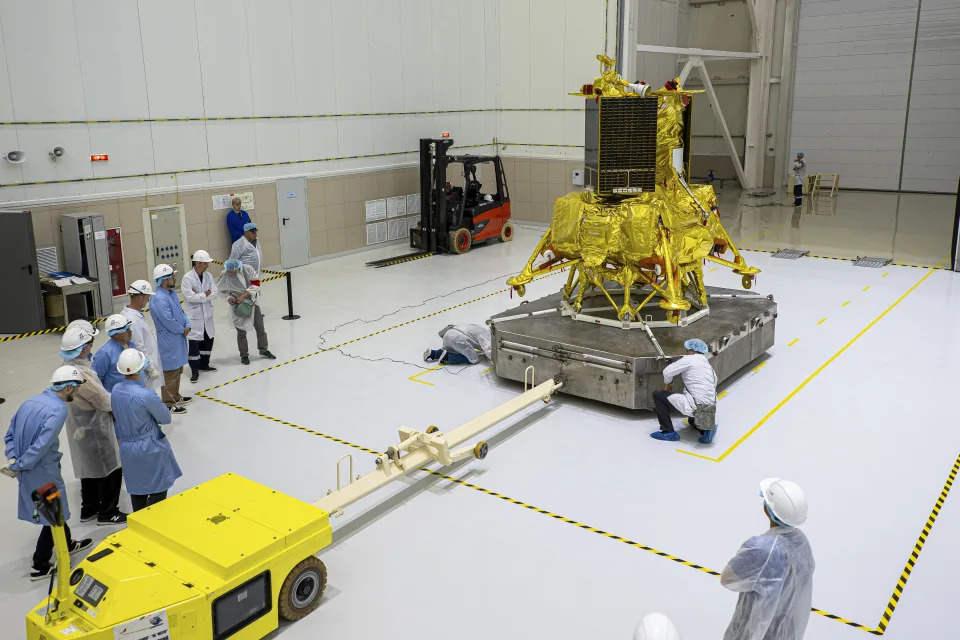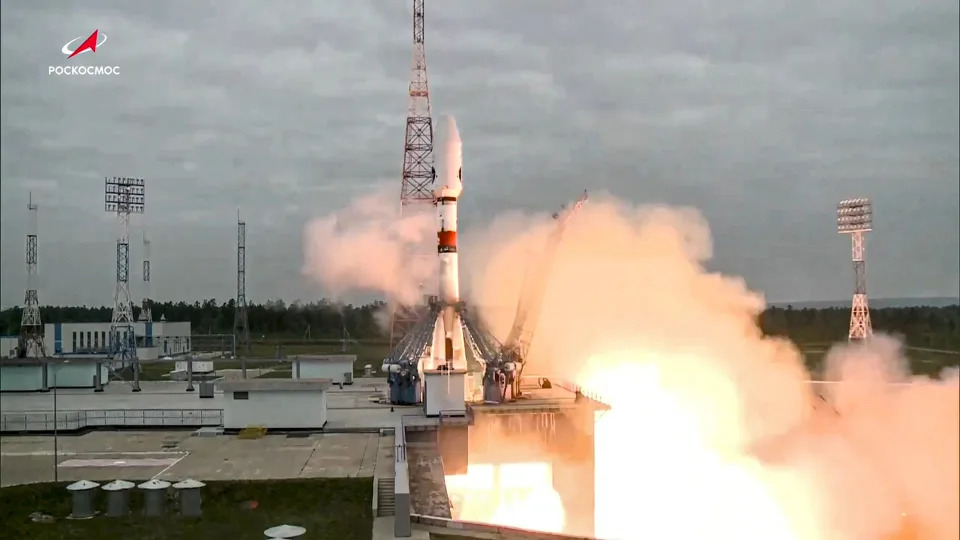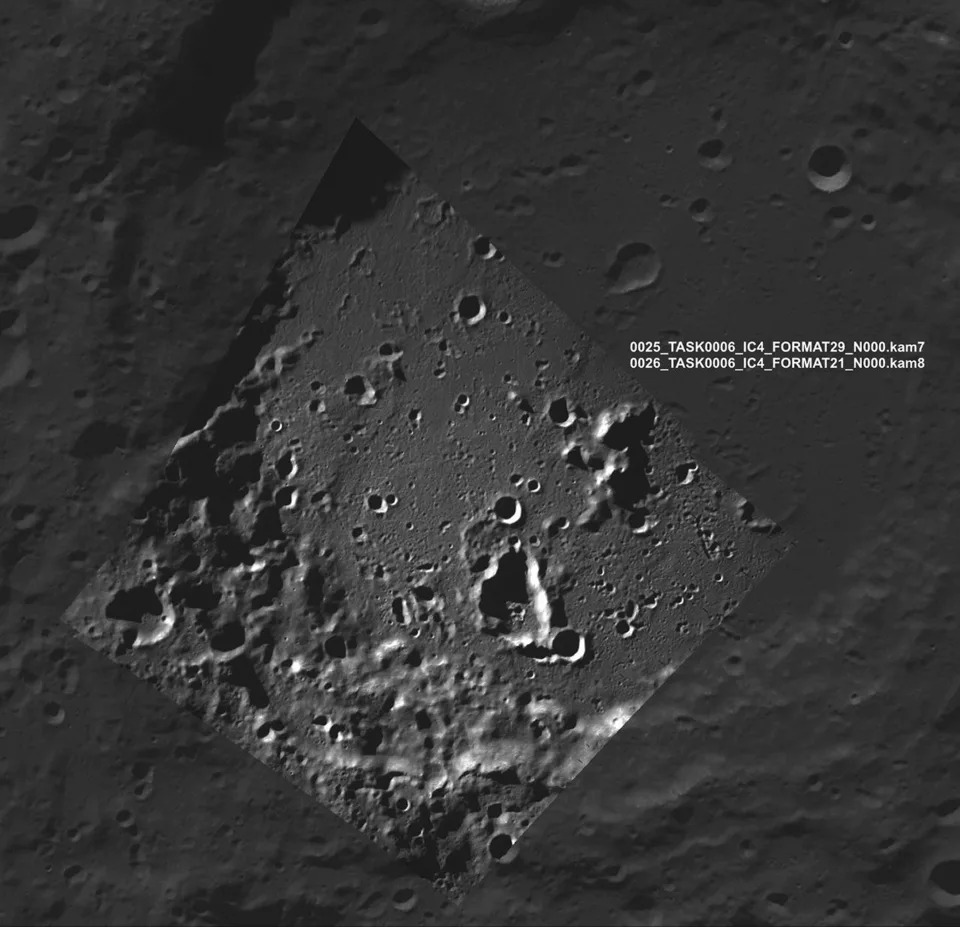Thomas Catenacci
Tue, August 22, 2023
The Biden administration issued new restrictions on oil and gas companies operating in the Gulf of Mexico, in an effort to protect a whale species after it settled last month with a coalition of environmental groups.
The Bureau of Ocean Energy Management (BOEM), which manages energy development in federal waters, published a Notice to Lessees and Operators (NTL) on Monday evening highlighting expanded protections for the Rice’s whale, a species listed under the Endangered Species Act. BOEM was slated to issue the NTL last week, but delayed it until Monday.
"This decision by the Biden Administration does an end-around legal requirements and the public process, imposing unwarranted restrictions on U.S. energy production at a time of continued inflation with prices rising at the pump for consumers," said National Ocean Industries Association President Erik Milito.
"The NTL, coupled with the broader Stipulated Stay Agreement, poses a barrier to America's energy production capabilities within a region that not only sustains hundreds of thousands of high-paying jobs but also yields some of the world's least carbon-intensive barrels," Milito continued. "Despite lacking ample scientific evidence to support such extensive bans on operations, the agreement targets the domestic offshore oil and gas industry."

The average price of gasoline hit $3.85 per gallon on Tuesday, up more than 7% month-over-month, according to AAA data.
He added that the agreement the administration reached with environmental groups ignores the "best science," contravenes congressional intent under the Inflation Reduction Act and threatens America's energy independence.
Under the NTL issued Monday, BOEM created a vast new protection zone stretching across the Gulf of Mexico with a variety of new conditions for industry operators. Among its recommendations, BOEM said specially-trained visual observers should be aboard all vessels traversing the area, all ships regardless of size should travel no quicker than 10 knots, and vessels should only travel through the area in the daytime.
Those recommendations will be introduced as stipulations to Lease Sale 261, an upcoming offshore oil and gas lease auction. And BOEM removed an estimated 11 million acres of potential oil-rich lease blocks from that lease sale under its actions Monday.
"The federal government is moving forward to expand these protections to other ocean users and industries through the proposed designation of critical habitat for the Rice’s whale that will establish a restricted pathway through the entirety of the Gulf of Mexico, imposing disruptions to the full Gulf Coast economy — home to numerous strategic national ports — and reverberating throughout the whole U.S. economy," Milito said.
"Among other things, making areas off-limits, imposing speed restrictions, and limiting transit at night and times of low visibility will impact the ability of the offshore energy industry to explore, construct, and develop energy projects in the Gulf of Mexico," he added. "The proposed restrictions would potentially eliminate or hamper safely established and efficient activities in the Gulf of Mexico."
In a federal stipulated stay agreement filed late last month, the National Marine Fisheries Service (NMFS) agreed to a number of conditions requested by four eco groups led by the Sierra Club which, in response, agreed to temporarily pause litigation in the related case. The case dates back nearly three years when, in October 2020, the environmental coalition sued the NMFS for failing to properly assess the oil industry impacts on endangered and threatened marine wildlife in the Gulf of Mexico.
They pursued the lawsuit after the NMFS coordinated a multiagency consultation studying the effects all federally regulated oil and gas activities would have on species listed under the Endangered Species Act in the Gulf of Mexico over the next 50 years. The groups argued in the original complaint that the NMFS' biological opinion resulting from its consultation was not based on the best science.
"Today’s notice from the Bureau of Ocean Energy Management is yet another example of the Biden administration working to restrict American energy, which could lead to higher energy costs and weaken U.S. security," Holly Hopkins, American Petroleum Institute (API) vice president of upstream policy, said Monday.
"The recommended actions are not justified by existing data nor operational experience, would impose significant burdens on the men and women currently working in the region, and unfairly single out oil and gas traffic in an area that is one of the most used maritime areas in U.S. waters," Hopkins continued.
According to API, the NTL solely targets oil and gas traffic while refraining from restricting vessel traffic related to other industries.






















